Robert Marlow’s ‘The Peter Pan Effect’ is a true lost album.
Recorded between 1982 to 1984, although four singles were released via his best mate Vince Clarke’s imprint Reset Records, parent label RCA declined to release the album.
It did not actually see the light of day until 1999 when Swedish electronic label Energy Rekords, whose roster included VNV NATION, S.P.O.C.K and ELEGANT MACHINERY, picked it up.
Often seen as a Vince Clarke curio recorded in the interim between YAZOO and ERASURE, the songs on ‘The Peter Pan Effect ‘were wholly written by Marlow with Clarke at the producer’s helm along with EC Radcliffe who worked on YAZOO’s ‘Upstairs At Eric’s’ and was the ‘Eric’ of the album’s title. Listening back, the end result is a charming collection of HI-NRG synthpop, almost like FAD GADGET on Prozac!
‘The Face of Dorian Gray’ is the track familiar to most, possessing that early monophonic ultrapop quality which featured so highly on Vince Clarke’s work as part of DEPECHE MODE and YAZOO. ‘Calling All Destroyers’ is another quirkily jaunty single but one track from the sessions that is also worthy of mention is the extended version of ‘No Heart’, the B-side of ‘I Just Want To Dance’ much acclaimed by electronic music enthusiasts around the world, which comes over like a pulsing take on ‘Fade To Grey’.
But who better to discuss ‘The Peter Pan Effect’ than the man himself. ELECTRICITYCLUB.CO.UK caught up with Robert Marlow to chat about his cult classic.
How did you meet Vince Clarke and become involved in the Basildon music scene?
I met him when we were 8 years old at the Boys Brigade, we both shared a good friendship and a common interest in music. He was having violin lessons, I was learning to play the piano and we both picked up the guitar. So that was how we got together doing music.
We diverged later in our teens when he went off to college and I got involved with Alison Moyet who invited me… well she bullied me into playing a gig with her band THE VANDALS in Southend. I got into that for a while and it was from there that the music bug gripped *laughs*
Meanwhile, Vince was doing more mellow acoustic things and we got together in a band later on called THE PLAN. He played guitar and I bought the first synthesizer in Basildon, an old Korg 700 on hire purchase…it made these really beautiful sounds and it was then that Vince got into synths and bought one himself. He went on to form COMPOSITION OF SOUND which as we know is the early incarnation of DEPECHE MODE. For a while, we were in two rival bands, there was COMPOSITION OF SOUND while I had a band called FRENCH LOOK and we both shared the very talented Martin Gore on keyboards!
What were the circumstances leading to you recording with him?
After Vince left DEPECHE MODE and was in the middle of the YAZOO project, I tapped him on the shoulder and said “I’ve got some songs, can you give me a day in the studio?” and he went “No, it’s very expensive… I can’t do it” and I was “Please! Please!” Eventually, we did one day and we recorded ‘The Face Of Dorian Gray’ which actually then went on for about 3 to 4 weeks… after we spent all that time, Vince said “it seems daft just to do a demo, let’s get it released”. I was made up and we found RCA who decided to licence Vince’s own label Reset Records and that was it. What happened was four singles and the recording of ‘The Peter Pan Effect’ album.
What instruments and synths were you using?
I was very excited to use the LinnDrum Mk2 and there was a DX7 which was kind of the birth of digital. We also used the RSF Kobol, Sequential Pro-One, Minimoog and most excitingly, the Fairlight! We didn’t actually use the Fairlight that much because in those days, the samples were appalling… they were very short and you had to EQ them up to the hilt to get a discernable sound. On ‘The Peter Pan Effect’, you can hear it in a couple of songs just as effects more than anything else.
What was the creative dynamic between you and Vince with regards arrangements and production?
I did all of the music and melodies but I was rubbish at programming… Vince was a programming genius. In those days, we were working on a Roland MC4 Micro-composer which you had to programme in step times of 12, 24 and 48s… my maths was appalling but Vince was very quick at it. I used to say “I want it to sound like this…da-dah-dah”, and he would get it very quickly.
It was very time consuming so we did a lot of programming at his house beforehand and go to Eric Radcliffe’s home studio in Dartford. Then we took it into the studio at Blackwing but then Vince and Eric formed their own company within Blackwing and another studio was built in the drum store called Splendid studios and that’s where the rest of the album was finished.
‘The Face Of Dorian Gray’ should have been a hit. Any thoughts in hindsight as to why it wasn’t?
Well, in many respects I do think RCA at the time thought that they were getting Vince Clarke rather than his record company. So they thought merely his name could sell the record itself as he was so successful in DEPECHE MODE, YAZOO and THE ASSEMBLY. So their publicity machine wasn’t really up to full whack. In those days, you had to get three radio plays a day on Radio 1 and sometimes I was getting one or two so it did get some airplay but who knows… maybe it just wasn’t good enough, that’s the thing!
You got on perform in on Channel 4’s Switch. Can you remember much about it?
It was my first TV, it was a live show filmed out in Bushey! I was on the same bill as ANIMAL NIGHTLIFE and Elvis Costello! It was a long, long day and I thought: “this is not glamourous at all!”. We were just sitting around. I remember we had a big backdrop made of the Dorian Gray single cover and some slides made up of me getting older using make-up. Anyway, when I went and did the first rehearsal, it was just me singing to taped backing, this voice from the gallery went: “Is that all he does?”… it was the director! *laughs*
During the performance, I was all over the place doing this weird dancing to look more animated and the slide show went a bit weird. It was all quite exciting because afterwards, we went by fast car to the West End of London to play a gig at a club in Mayfair called The Titanic Club!!! *laughs*
It was a weird club, they had almost early electronic house music in the DJ sets and had someone on stage doing spot welding…it was very performance art!
‘Crying For The Moon’ almost has a SILICON TEENS vibe to it like an electro-‘Great Balls Of Fire’…
It is, that was exactly what I wanted… the riff is almost Eddie Cochran, very SILICON TEENS! I wanted that cod, camp Rock ‘n’ Roll feel to it with synths. It was good.
Do you think ‘Claudette’ musically may have sounded too much like THE ASSEMBLY’s ‘Never Never’?
It did, it has a similar chord construction but it was recorded before ‘Never Never’. I’m certainly no Fergal Sharkey and that’s why when the single came out, we used cellos and made it different. It’s a shame but I don’t know the masters for that are!
How was it working with Eric Radcliffe in the studio?
Lovely, very talented. I was so pleased to be working with him as he was instrumental in the career of FAD GADGET who I worshipped. Eric reminded me a lot of Charlie Drake and had a real “can do” mentality. He did a lot of the drum programming on ‘The Peter Pan Effect’, he was a very accomplished rock musician who played guitar, bass and banjo!
What was the relationship with RCA like because they eventually passed on the album?
I was not particularly involved in dealing with RCA as we had a label manager and she did a lot of negotiation. I think Vince and everyone else involved were trying to keep that from me that they were losing interest. So the first thing I heard about it was when Vince came down to see me and said: “RCA are withdrawing but we’re going to go with Sonet”. Sonet licensed ‘Calling All Destroyers’ and ‘Claudette’ so there wasn’t a big difference but we didn’t have the power of RCA. But we didn’t get the airplay.
It was disappointing that the album didn’t come out. But when you work on a project like that, you can’t see the logic when you think of the cost in studio time and all of that. It wasn’t a big production compared with other artists. Just stick it out… if it sells, it sells; if it doesn’t, it doesn’t! To sit on the shelf, it just didn’t make any sense. Contractual issues stopped us from putting it out ourselves at the time but I wasn’t very good at following things up like that so I accepted it and calmly dropped out of the music scene.
Was there ever any talk of you and Vince working in a more permanent set-up, or even joining what was to become ERASURE?
No, I’ll be honest with you… Vince is my best friend and I love him dearly but he has a particular way of wanting things done and is very, very driven. And it’s different to what I want. So although I’m very proud of ‘The Peter Pan Effect’ and all the music I did with Vince, perhaps if he wasn’t Vince, it would be a different sound. At times, it did get a little fraught, nothing terrible but some frustrations now and then. So I don’t think it was ever on the cards for us to work that way.
How did the arrangement with Energy Rekords in Sweden come about to finally release the album in 1999?
Vince and I’s publisher was a real Rock ‘N’ Roll character named Rob Buckle who ran Sonet Records who were based in Sweden. It was a subsidiary of a blues label for people like Muddy Waters. He got in touch with me and said “I’ve been to a music fair and there’s this small label who want to put the album out” and I was made up. But our relationship with Energy didn’t really kick off, I think there were some language differences so we didn’t do anything more. But it was great to have the album remastered at Polar Studios where ABBA had worked and going over there to play the Helsingborg Festival and a small tour of Scandinavia later that year. I still go over to Sweden two or three times a year, I was there last week in Malmo.
How was the reaction to the album?
I was amazed because the album has never sold massive amounts but having the played that festival gig on the eve of the album coming out in Helsingborg, there was about 500 people there and they knew all the words! Not just the singles but the album tracks as well. I don’t know how, maybe it had been going backwards and forwards as a bootleg on cassette or something…but these kids weren’t born when the album was recorded so I was really, really gobsmacked to have such a reaction. It’s been like that since… every time I get p*ssed off and I think “I’m a 50 year old bloke, what am I doing this for?”, there’s a gig like last week in Malmo or Berlin or Budapest. You’re making people happy and that’s the thing.
What are you up to now musically?
For the past 10 years, I’ve been in a partnership with my friend Gary Durant in a project called MARLOW. Unfortunately, pressures of work and musical differences have led to us to part ways which is a shame as we have an album’s worth of material ready to go. We may actually release it at some point, probably on Electro-Shock records but we want a rest from it. We’ll see where the land lies and possibly it may see release next year.
You recorded the album between 1982 and 1984. Listening back to the album, what were your favourite tracks at the time and which do you think truly stand up today?
I’ve always liked ‘That Dangerous Age’, the sound on it is good and ‘The Kiss’ because it was quite dramatic and intense…that was my best vocal performance. Yes, it’s an album recorded in 1982-83 and it will sound like early ERASURE, YAZOO, DEPECHE MODE because it’s the same synths being used. But it is definitely my album, I wrote all of the music and Vince added his bits so it would be ungenerous to say he didn’t add his musical bent to it. He put the sounds on it and made it was it is. I’m very proud of it and I think it’s great.
What’s the funniest story you can tell us involving you and Vince?
There’s one that doesn’t particularly involve me but one that happened during the time I worked with Vince but he was still working with Alison Moyet in YAZOO… they was driving backwards and forwards from the studio back to Basildon. His and Alison’s relationship was going its course and on the way back from London, they were in the Dartford tunnel and he ran out of petrol which she was not best pleased about!! *laughs*
So he had to walk through the Dartford tunnel to get petrol! Bearing in mind he’s been on Top Of The Pops two nights before, I was saying to him “surely you had money to get enough petrol?” That always amused me, the idea of him struggling through the Dartford Tunnel leaving Alison fuming in the car! *laughs*
And on the 12 inch version of ‘The Face Of Dorian Gray’, there’s a bit where we decided to physically whistle the tune. So that involved me and Vince in studio, and Eric running from the control room to join us at the mike after he hit record. We lined it all up to go as everything had to be done in one take. But we unplugged his headphones, so when Eric came in and started whistling, he couldn’t hear a thing and we cracked up… you can hear us laughing on the record!
ELECTRICITYCLUB.CO.UK gives its sincerest thanks to Robert Marlow
‘The Peter Pan Effect’ was released by Energy Rekords as a CD
http://www.facebook.com/pages/Marlow/108723069219508
http://www.discogs.com/artist/Robert+Marlow
Text and Interview by Chi Ming Lai
7th May 2012

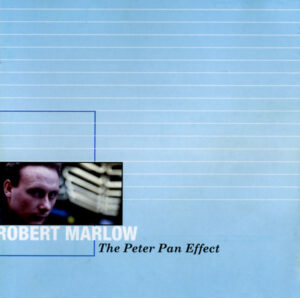
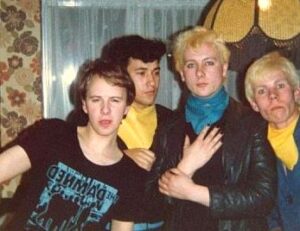
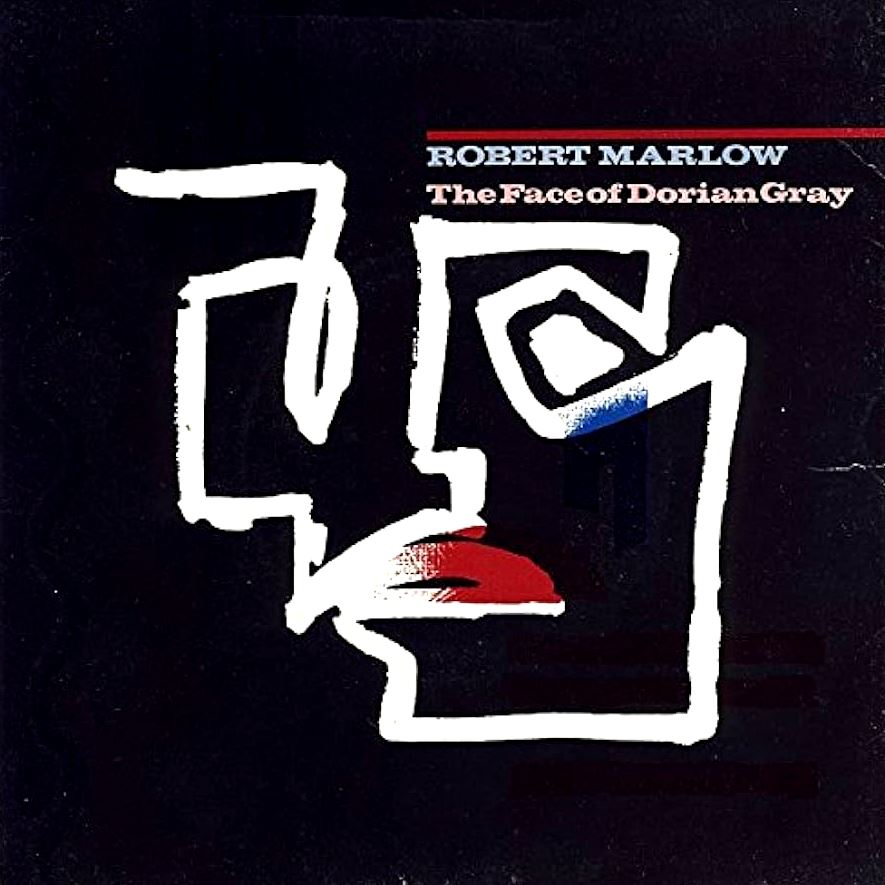

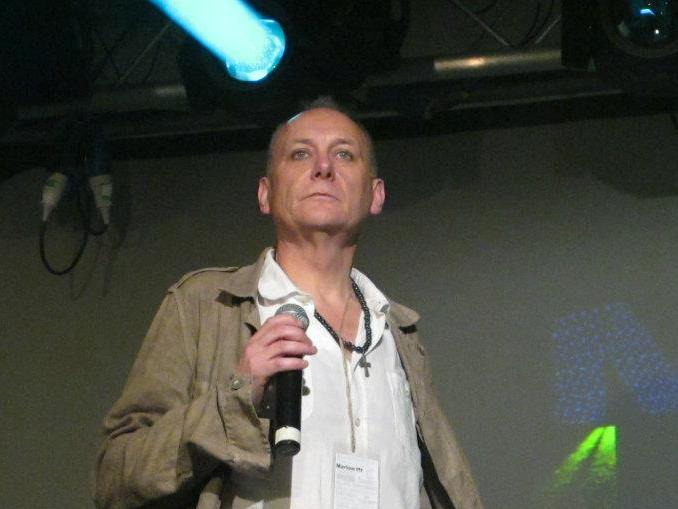
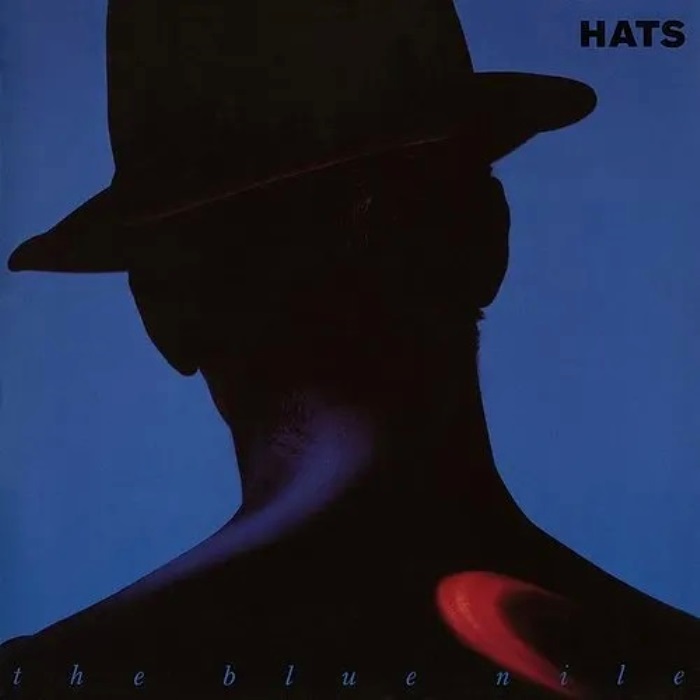
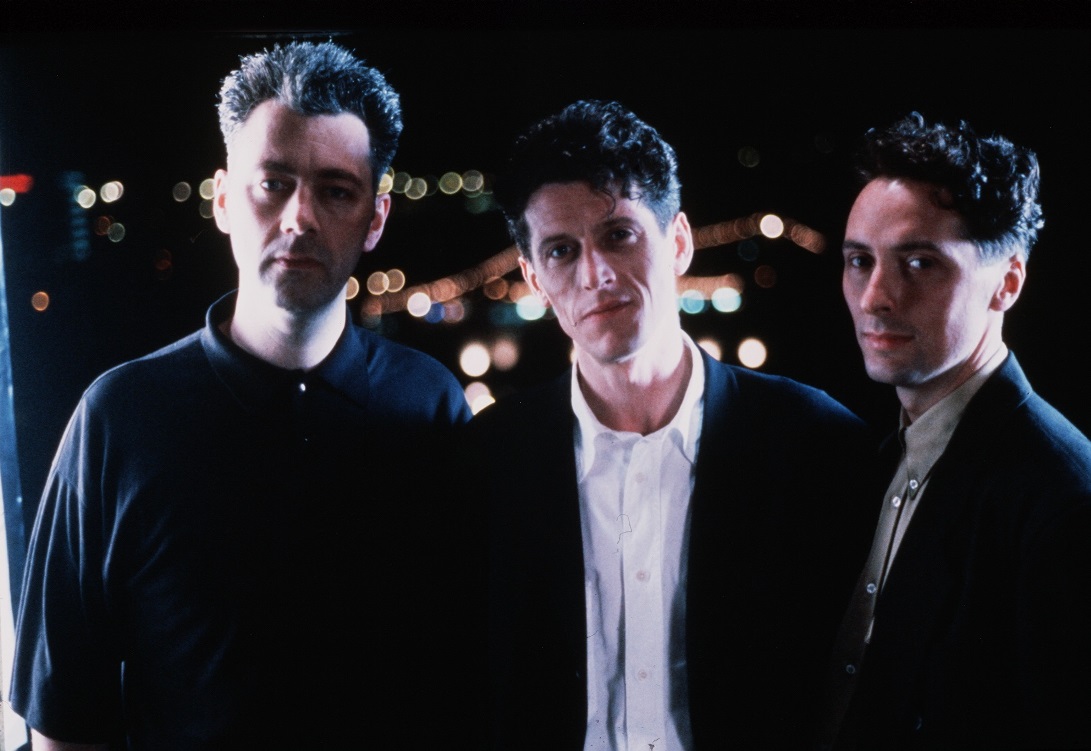

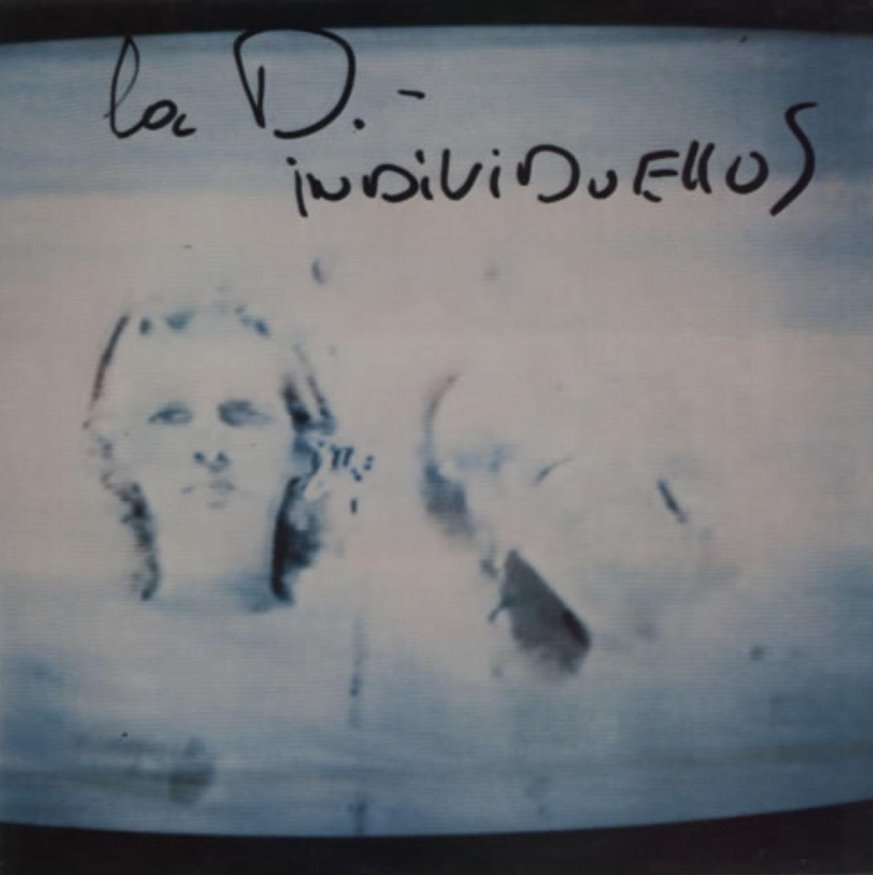
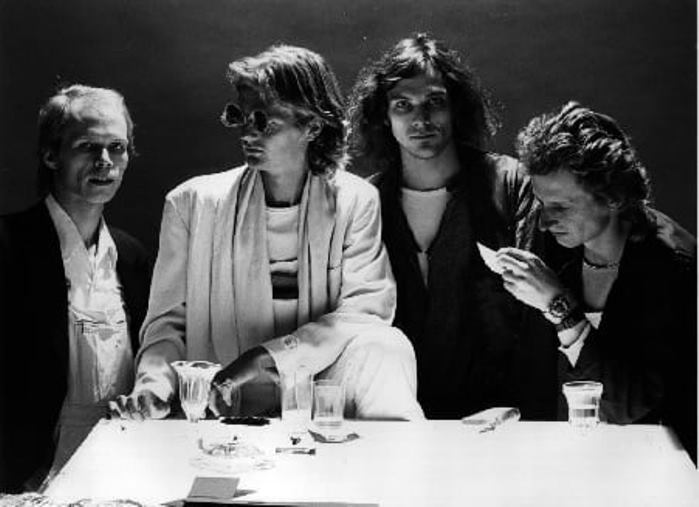
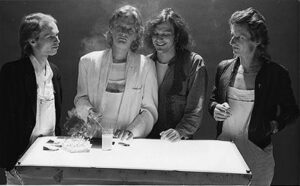
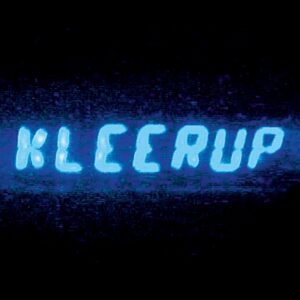

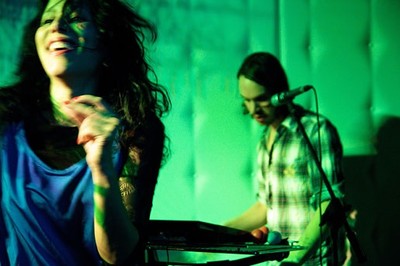
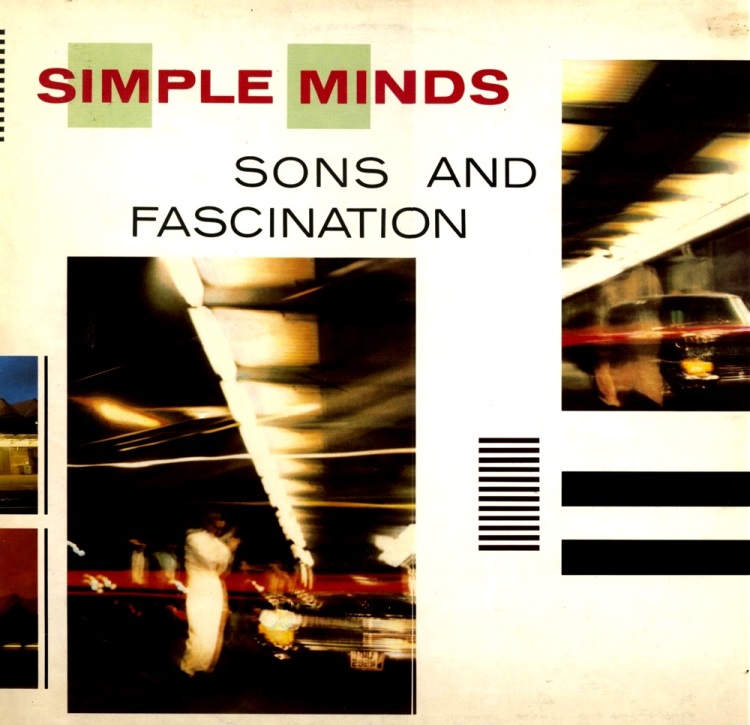

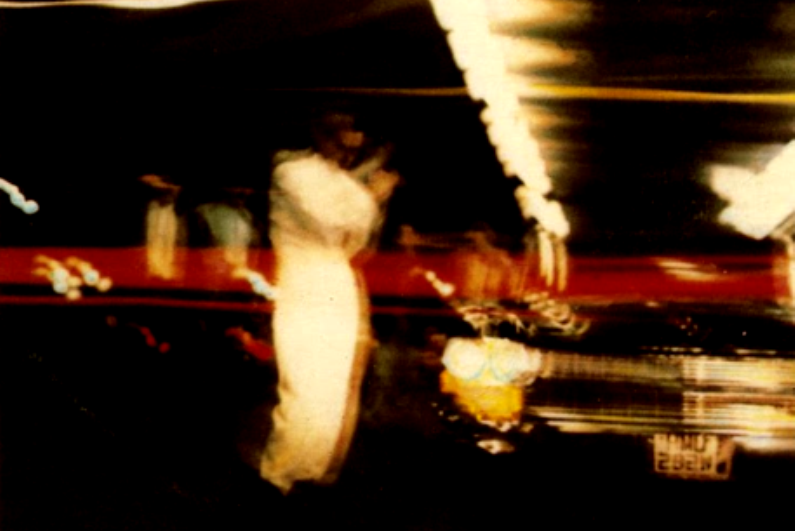
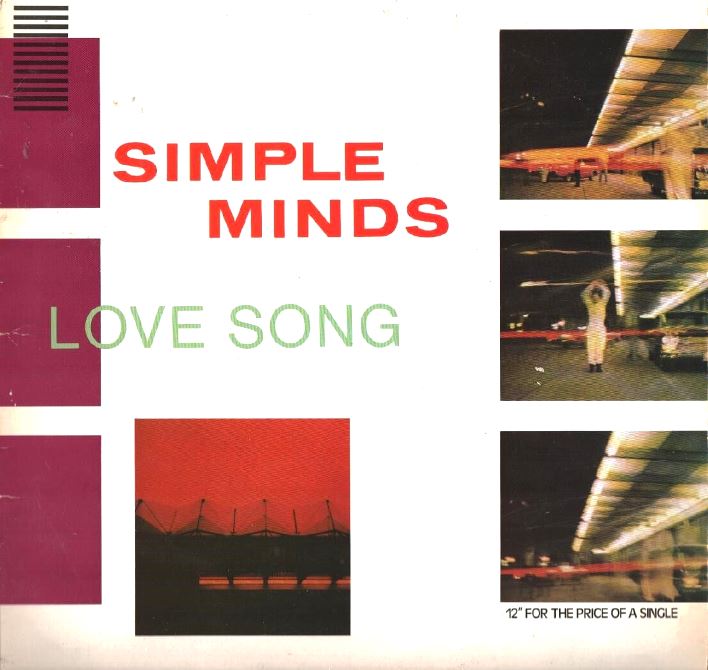
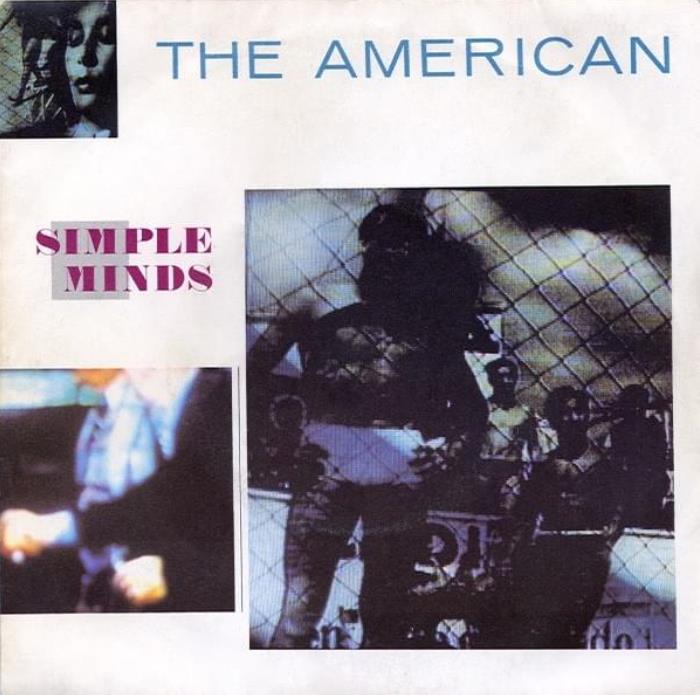
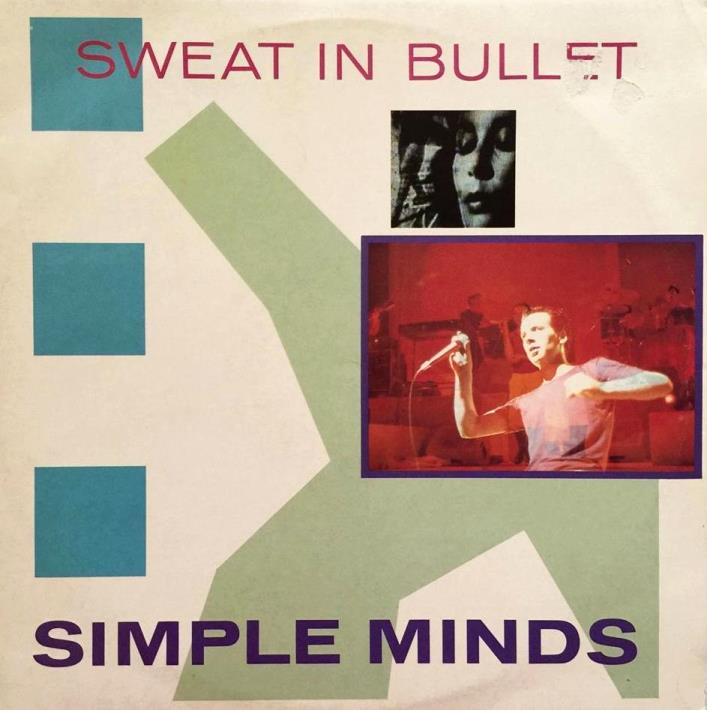
Follow Us!